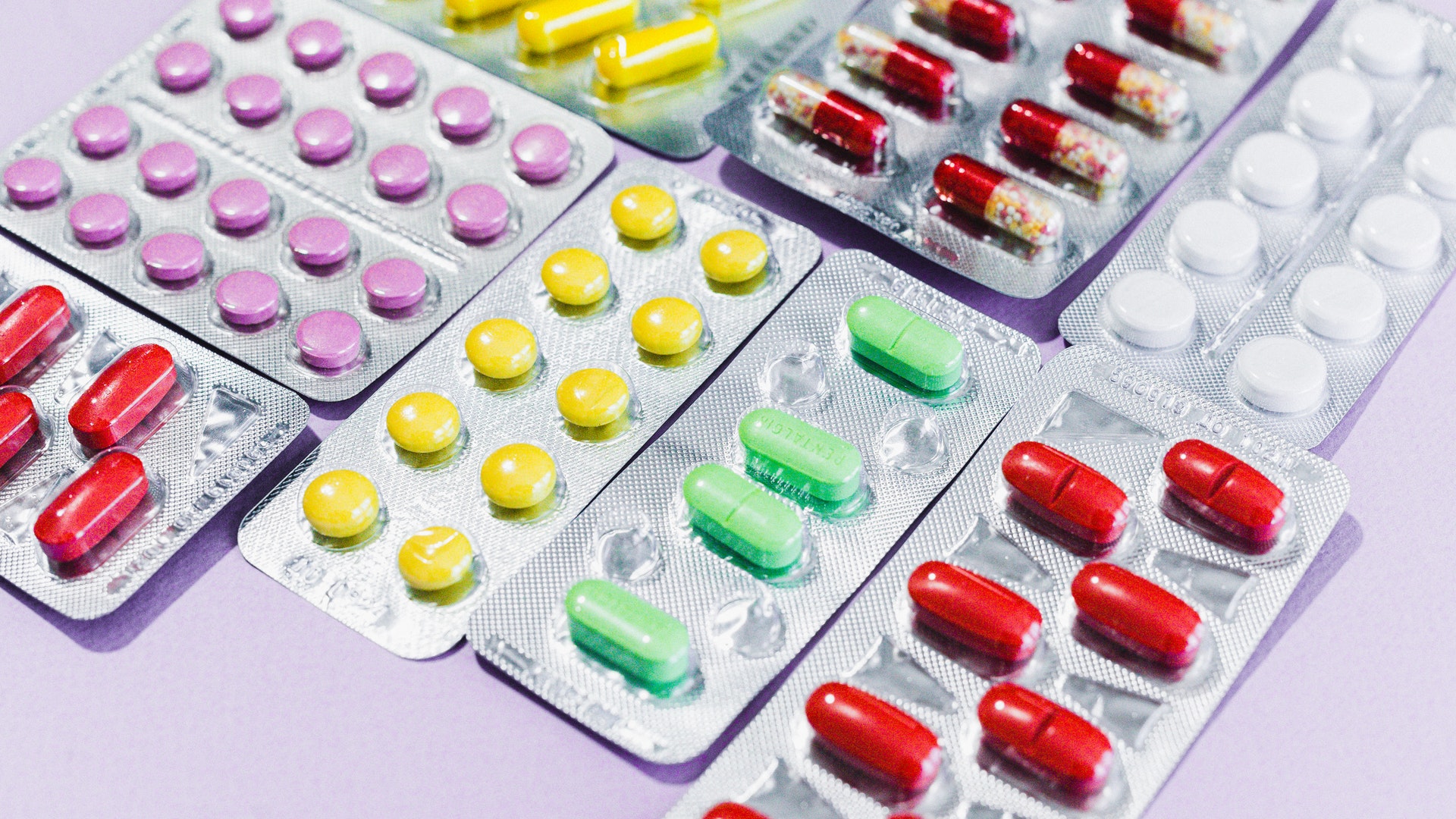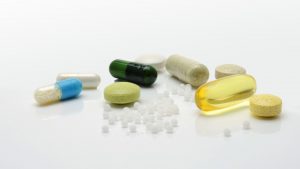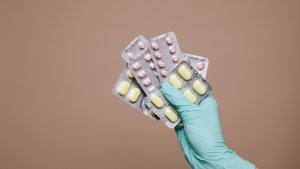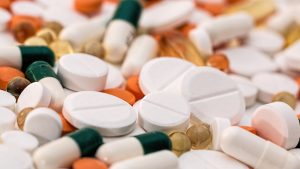The cost of capsules vs. tablets is one of the most obvious examples of random pharmaceutical pricing. Most doctors and pharmacists know that a medication will work equally well in capsule or tablet form, but few are aware of the significant price difference.
In this post, we’ll look at the advantages and disadvantages of capsules and tablets and some examples of price differences between the two.
What’s the difference between a capsule and a tablet?
The differences between tablets and capsules are minor, but they exist notably in price. Both are medications that enter your system in the same way because they travel through your digestive tract.
So, what exactly are the distinctions? Tablets, for example, are made up of medication, whereas capsules only include medicine inside the shell. Furthermore, capsules cannot be crushed or split, although tablets frequently can.
But there are some other surprises, such as the price difference between a capsule and a tablet.
Medicine in tablet form
A tablet is a pill that is made entirely of medicine. Compressing powdered drugs into a firm, the smooth pill is how it’s manufactured. Tablets come in various shapes and colors, including round and oblong (caplets). To make splitting easier, some tablets have lines on them.
Medicine in capsule form
Another pill is a capsule, which contains medication within an outer shell. Capsules can contain powdered or liquid medication, but both act the same way. When the capsule hits your digestive tract, it bursts open, and your liver processes the active chemicals before being released into your bloodstream.
Hard-shelled or soft-shelled capsules are available. Hard-shelled capsules usually contain powdered medication, although they can also contain liquid. Soft-shelled capsules, such as “liquids,” are generally constructed of gelatin and include liquid medicines.
Prices of capsules vs. tablets
The cost of tablets and capsules is frequently different. Even if the versions perform similarly, price discrepancies of $10 to $100 per month are frequent. Here are a few instances that are commonly used.
Doxycycline tablet versus. capsule
Acne, rosacea, and infections are all treated with doxycycline. Doxycycline monohydrate and hyclate are available as capsules and tablets. It makes little difference which one you choose, so go with the cheapest option. The tablet is less expensive in some doses, while the capsule is less expensive in others. Because the medication’s mechanism of action and absorption are the same, utilize GoodRx to check if you can save money.
Minocycline, by the way, is also used to treat acne. Tablets of 50 mg and 100 mg are usually more expensive than capsules.
Venlafaxine tablet vs. pill
For antidepressants, venlafaxine ER (generic Effexor XR) costs higher in tablet form than in capsule form at all doses. You can split the tablet if you’re not taking the ER version, and there’s no reason to take the tablet over the capsule.
Capsule vs. pill of tizanidine
Tizanidine (generic Zanaflex) is a muscle relaxant that is less expensive in tablet form than in capsule form. Under fasting conditions (when eaten on an empty stomach), the two states are absorbed identically but not under non-fasting conditions (when taken with food). Stick to your regular dose of tizanidine if you take it with food. Switching, on the other hand, may save you money.





